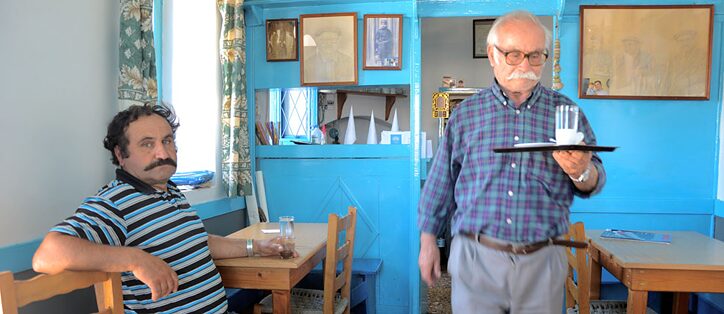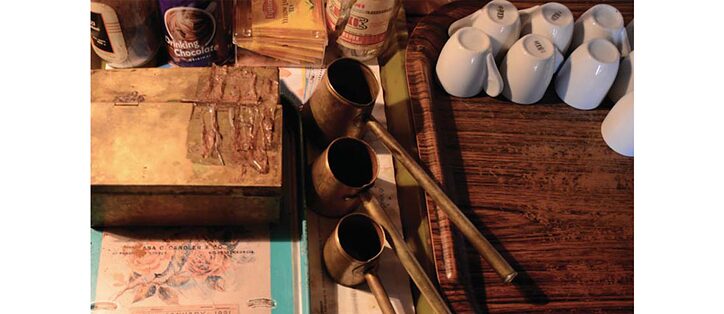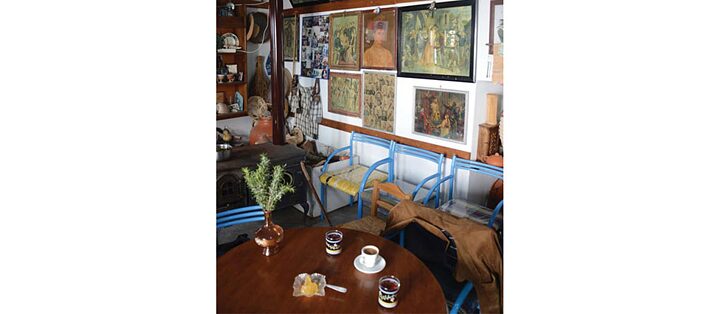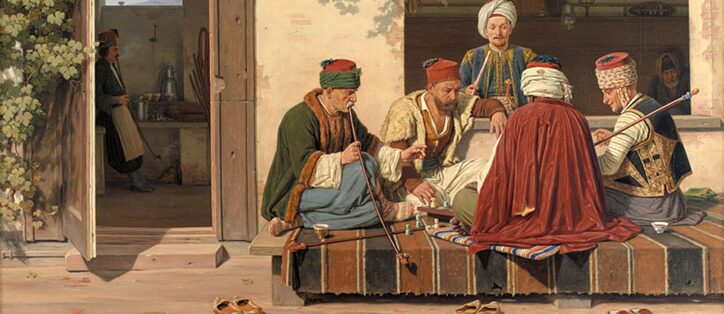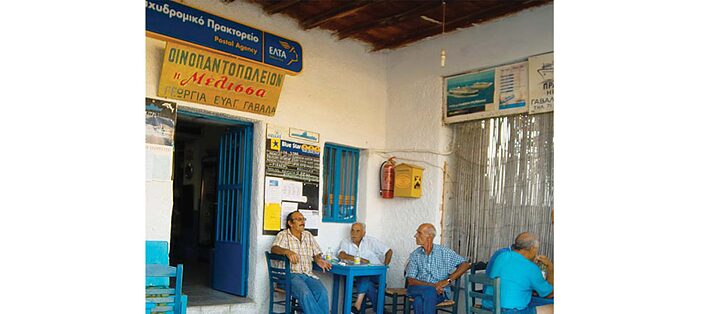Kafenio
In the morning a café, at noon a barber
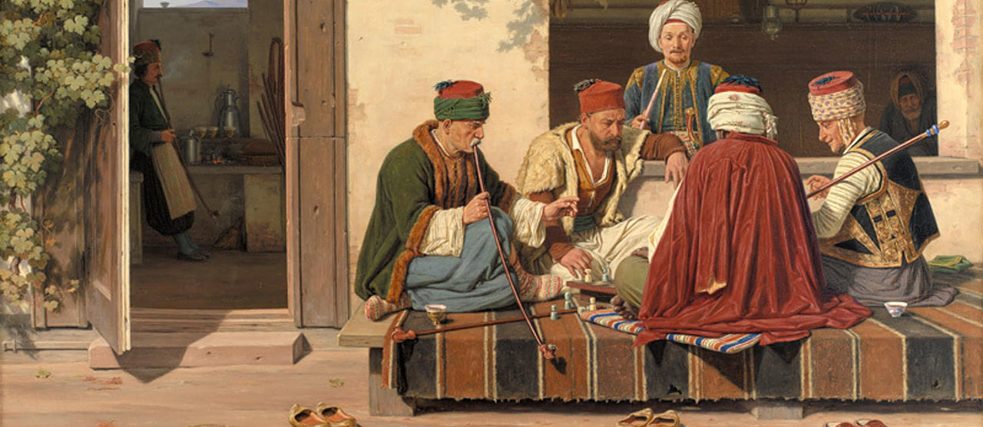
Coffee houses – you think of Vienna, of hours buried in thought in the midst of great minds. But in Greece, the coffee house, there called “kafenio”, was a place for not only intellectual encounters but also a hairdressing salon, post office and greengrocer.
By Yiouli Eptakoili
If you follow the trail of the first coffee houses, it will lead you to Mecca and Cairo: there coffee houses are mentioned for the first time around 1510. The institution of the coffeehouse became better known only when two Arabs from Aleppo and Damascus opened the first café in Constantinople in 1554, bringing coffee to the Ottomans. They enthusiastically welcomed the beverage. In a short time, coffee houses spread throughout the city and then to the small towns and villages of Anatolia. At the same time, merchants from the ports of Marseille, Venice and Amsterdam brought coffee culture to all of Europe. In Venice, the first café opened in 1615, in London in 1652.
In Greece, they spread quickly. According to the Turkish chronicler and writer Evliya Çelebi, there were already 348 cafés in Thessaloniki in 1668. “Musicians, actors, singers, fools, dandies, poets and writers meet and talk there”, he reports. Coffeehouses had the same function in most European cities: they were a place of communication, of exchange of opinion and of information, for celebrations, entertainment and relaxation, a field of political debate, a scene where people of different social classes met, as in Viennese coffeehouse culture, which has since 2011 even been counted among the UNESCO’s Intangible Cultural Heritage. A cup of coffee and a good deal of time: if you ordered something to drink in Vienna, you could sit for hours at your table, reading or writing. Many well-known writers such as Arthur Schnitzler and Stefan Zweig were great proponents of this culture.
A cup of coffee and a new haircut
In its usually cramped and modest space, the kafenio combined diverse activities with important services in hard to reach mountain villages and on the islands where transport was difficult and the road network only imperfectly developed. In addition to being a coffee house, the kafenio was also a food stall where guests were offered whatever the proprietor’s wife was cooking for the family, a haberdashery, greengrocer, post office and often a barbershop."Many kafeneia are at the same time also barbershops”, wrote Demetrios Skarlatos Byzantios (1798-1878). In the third volume of his work Constantinople, the eminent Greek scholar of the nineteenth century reports that in this city the “café and hairdressing salon” was a common sight, and spread from there throughout the territory of the Ottoman Empire, going from one generation to the next for several decades. All this has now faded or at least seems far away. It is often very difficult to find even the traces of kafeneia unless you look into old photo albums or illustrated books. Only a few of these versatile Greek coffeehouses have survived. Most now exist only in books. And in the memory of those who once knew them.
